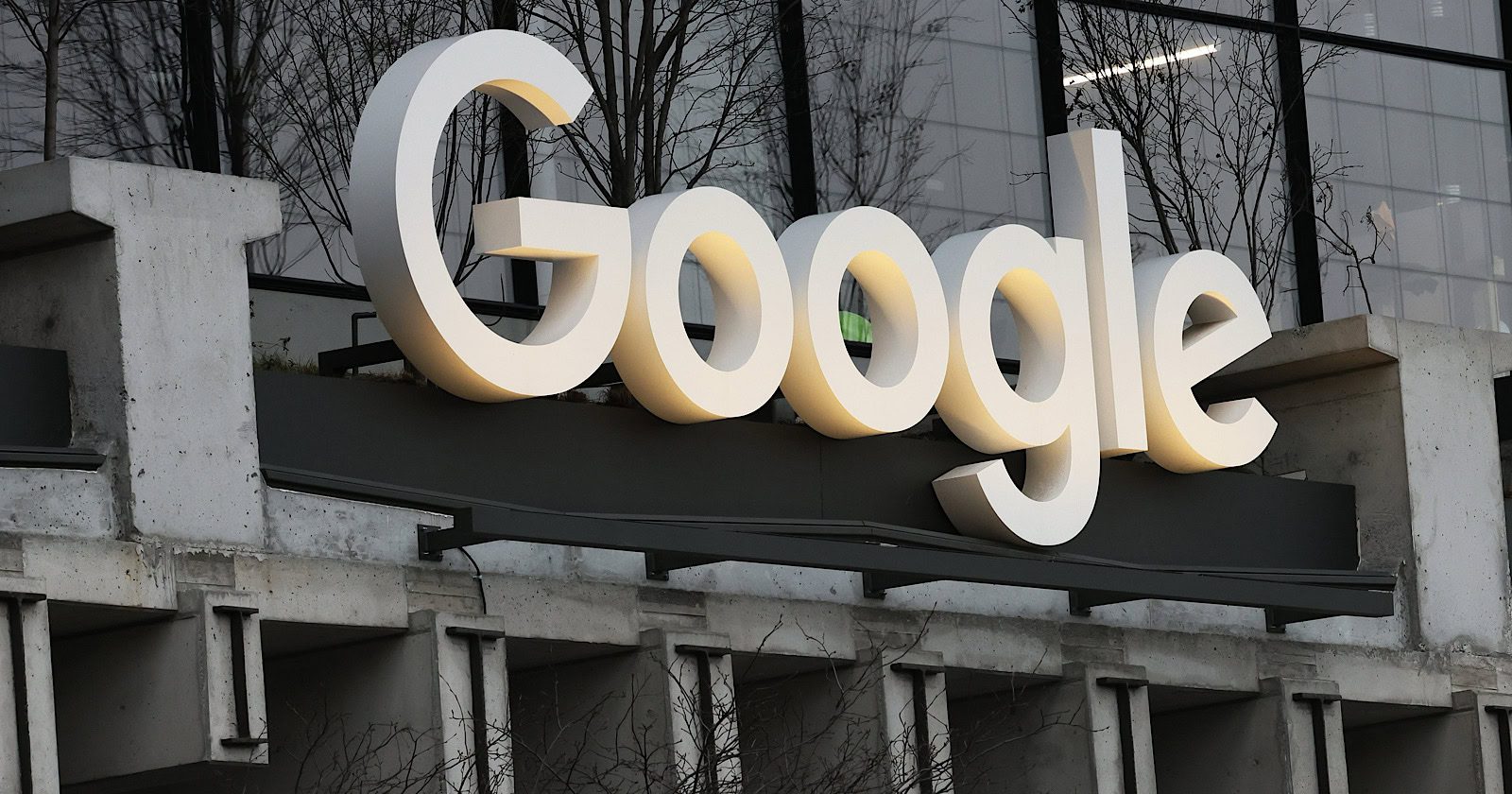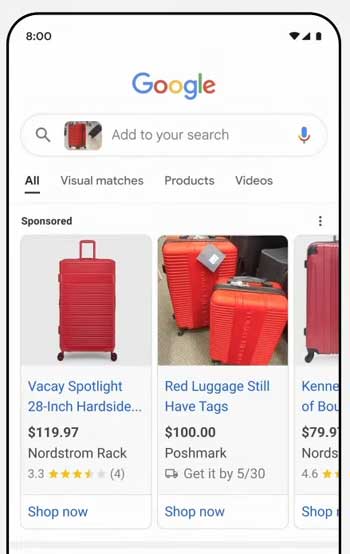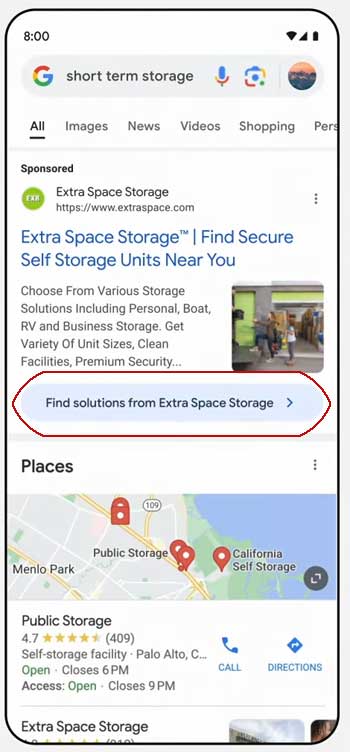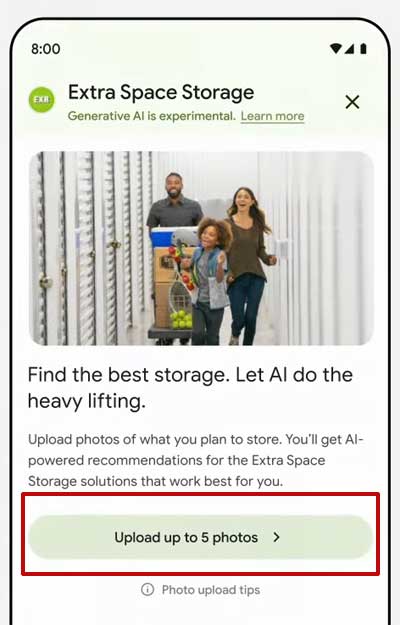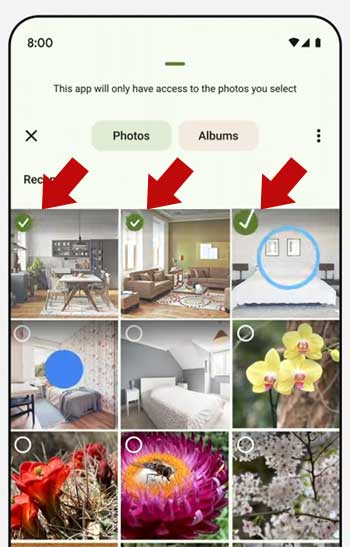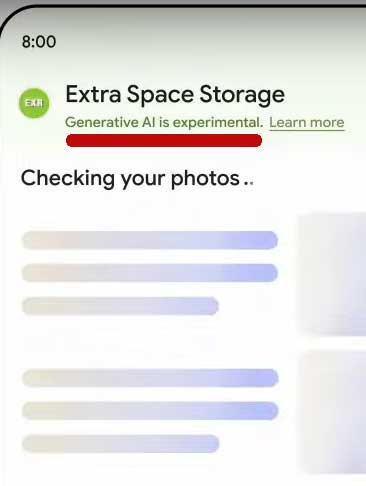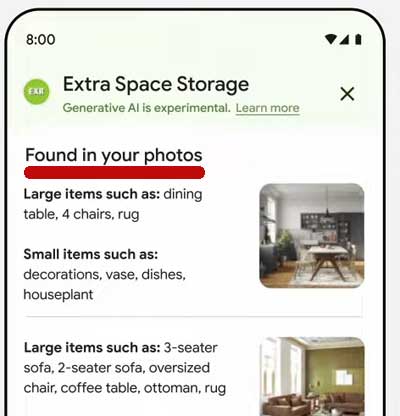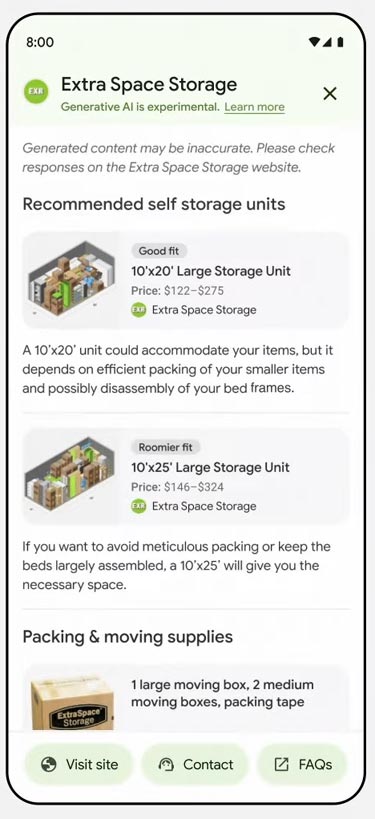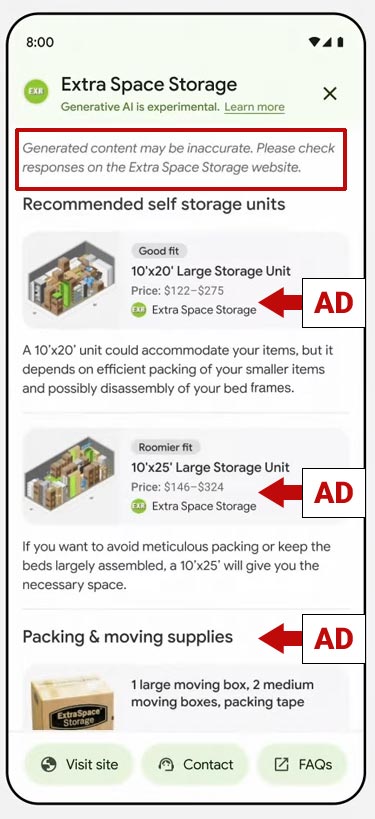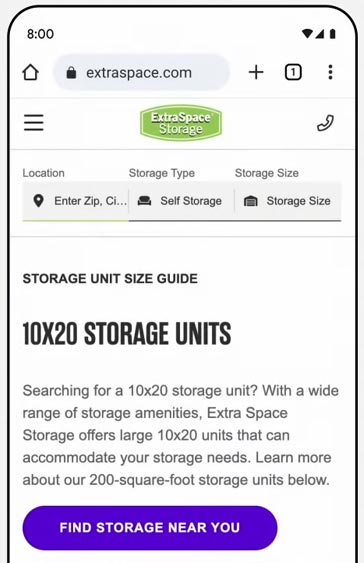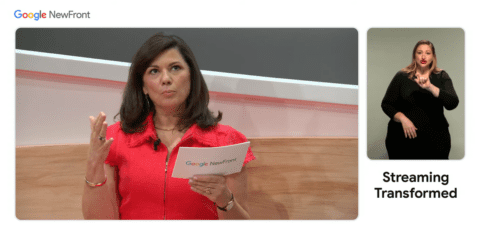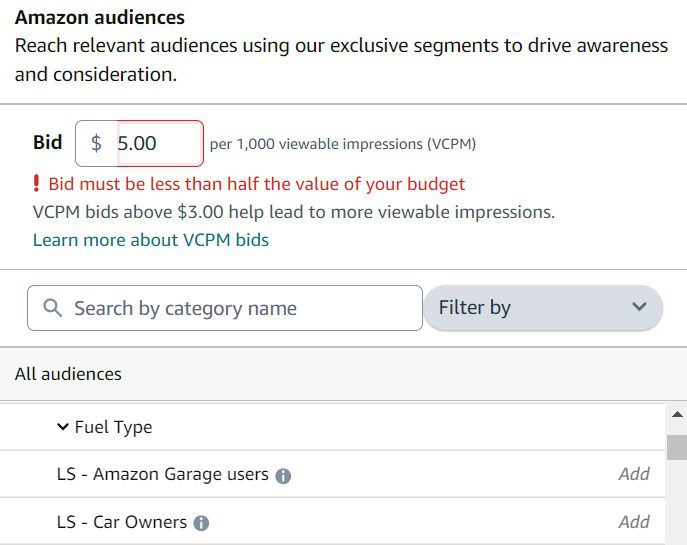This year’s Super Bowl was the most-watched program in US television history, with the largest audience for a single-network telecast and 123.7 million viewers across television and streaming platforms.
And that means a big investment in Super Bowl ads from the big brands.
So, which brands used social video sites effectively to amplify their TV commercials during the Big Game? Well, that depends a good deal on their campaign objectives. It also depends on how you measure results.
We look at three popular ad meters, USA TODAY, DAIVID, and SYSTEM1, and their top-ranked Super Bowl Ads.
The Top 5 Super Bowl LVIII Ads From USA TODAY
More than 160,000 people registered to vote in this year’s USA TODAY Ad Meter rankings.
According To USA TODAY, these were the top five Super Bowl ads:
1. Like a Good Neighbaaa | feat. Arnold Schwarzenegger & Danny DeVito
As the video’s description says,
“Arnold Schwarzenegger is cast to play Agent State Farm in Agent State Farm the movie. There’s just one catch … he can’t quite nail the slogan. Until his sidekick Danny DeVito steps in.”
What you may not know is that State Farm uploaded six variations of its TV spot to social video sites: four to YouTube, one to Facebook, and one to Instagram.
On YouTube, the 4 versions got a total of 46 million views and 51,800 engagements (e.g., likes, comments, and shares), and the one that got the most views and engagements was “Like A Good Neighbaaa – To Be Continued,” which the brand uploaded on February 6 – five days before the Big Game. It got 43.1 million views and 6,400 engagements.
So, putting one of your key players in motion before the snap is not only legal in football but also a savvy move in Super Bowl advertising.
2. Dunkin’ ‘The DunKings’ ft Ben Affleck, Matt Damon, Tom Brady, Jack Harlow, Jennifer Lopez, & Fat Joe
The video’s description says,
“Ben Affleck’s journey to becoming a pop star confirms that anything is possible when you run on Dunkin’. Premiered during Super Bowl LVIII, Ben Affleck debuts “The DunKings,” featuring Matt Damon and Tom Brady.”
What you may not know is that Dunkin’ uploaded 21 variations of its TV commercial to social video sites: 15 to YouTube, 5 to Instagram, and 1 to Facebook. The YouTube variations got a total of 14.7 million views and 68,900 engagements.
The brand uploaded only one of these ahead of the Big Game: “Dunkin’ ‘Acting Lessons’ ft. Ben Affleck & Matt Damon” and it got only 25,300 views and 150 engagements. So, putting a player in motion wasn’t a major factor in this Super Bowl ad’s success.
However, Dunkin’ uploaded 13 variations on February 12: 10 to YouTube, 2 to Instagram, and 1 to Facebook.
So, flooding the zone is not only a football best practice but also a social video best practice on the day after the Super Bowl, when people search for ads they saw the night before – or heard about from their friends, family, and colleagues.
And Dunkin’ should count “Matt Damon Was On A Break From Acting, But Then Christopher Nolan Called,” which The Late Show with Stephen Colbert uploaded on February 14, 2024, as part of the post-event promotion campaign on social video sites – since Colbert held up a photo of the brand’s Super Bowl ad and made jokes about it before talking about the film Oppenheimer.
3. Perfect 10
You may remember Kia’s full-length 2024 commercial for this year’s big game, even though it didn’t feature celebrities. Why? Because we all have that person who has always shown up for us. We want them to see us succeed.
So, seeing how the all-electric, 3-row Kia EV9 SUV powers a special moment for one little girl tapped into one of the 39 emotions digital marketers can use in advertising.
It’s also worth noting that there are four variations of this social video ad: a pre-game teaser, a 30-second version of the Big Game commercial, a 60-second version of the Super Bowl commercial, and a Spanish version uploaded after the Big Game.
All four were uploaded to YouTube, where they got a total of 16.6 million views and 1,800 engagements.
This is akin to the spread formation that puts three wide receivers and a running back on one side of the field. Hey, it works in football – and it also works on social video sites.
4. DON’T FORGET UBER EATS
To remember Uber Eats delivers almost, almost anything, all you have to do is forget something else. Simply make a little room in your brain – like Jennifer Aniston, David Schwimmer, Usher, the Beckhams, and Jelly Roll do. Whatever you forget, just remember Uber Eats gets almost anything.
And just in case you have trouble remembering that message, Uber Eats uploaded 53 videos from January 25 to February 19, 2024: 36 to YouTube and 17 to Instagram. The YouTube videos got a total of 26.7 million views and 28,000 engagements. That’s an average of 743,000 views and 800 engagements per video.
This looks remarkably similar to the old football strategy known as “three yards and a cloud of dust.” Okay, grinding out results still seems to work in social video as well as football.
5. NFL Super Bowl LVIII || Born to Play
Yes, the NFL is a brand. And the brand is building awareness outside the US.
Heck, they’ve already played games in London, Munich, Frankfurt, Toronto, and Mexico City. Later this year, the NFL will play a game in San Paulo, Brazil. And in 2025, NFL players will play a game in Madrid, Spain.
So, why shouldn’t the NFL throw a Hail Mary pass to a young boy from Ghana who discovers that it doesn’t matter where you’re born if you’re born to play football?
Actually, the NFL uploaded six social videos about the boy from Ghana: five to YouTube and one to Facebook. But the YouTube videos – which included a teaser and a couple of behind-the-scenes videos – got a total of only 471,000 views and 4,900 engagements.
This includes just two comments, one of which observes, “What’s delusional about this is thinking that people actually know anything about American football abroad…Ghana is crazy about football already. Actual football.”
So, instead of looking like a Hail Mary pass, this ad may go on to become one of the NFL’s funniest bloopers of all time – if the boy from Ghana grows up to play for his country in the World Cup.
But wait, there’s more!
USA Today not only rated 59 TV commercials that were aired during Super Bowl 2024 but also announced a Replay Review in four categories: Most Comical, Most Inspirational/Heartwarming, Most Nostalgic, and Rookie of the Year.
The award for most comical Super Bowl commercial went to:
BMW USA | Christopher Walken in “Talkin Like Walken” (ft. Usher). As the YouTube video’s description says,
“While some try, they simply can’t. Like there’s only one Christopher Walken, only one Usher, there is only one Ultimate Driving Machine.”
Nevertheless, BMW USA uploaded 11 variations of their Super Bowl commercial to YouTube. Together, they got a total of 10.4 million views and 10,600 engagements.
So, just like the option offense in football gives the quarterback several “options” of how each play will proceed based on the actions of the defense, creating multiple variations of your video content enables you to employ a wide variety of targeting methods to reach specific or niche audiences based on who they are, what they’re interested in, or what content they’re viewing.
The award for most inspirational/heartwarming Super Bowl commercial was given to:
Perfect 10 – see above, and also read 7 Brands That Will Inspire You to Create More Awesome Content, which demonstrates that inspiring your target audience isn’t as hard as getting them to laugh out loud.
The winner for Most Nostalgic Super Bowl commercial was:
Dunkin’ ‘The DunKings’ – see above. Also, read Nostalgia Marketing & What We Can Learn From John Lewis Ads, which illustrates that this approach works effectively whether your “football” is spherical instead of an elongated spheroid.
The Award for Rookie of the Year Super Bowl commercial was presented to:
Michael CeraVe
Now, CeraVe was developed with dermatologists, not Michael Cera. But this social video campaign began on January 11, 2024, and CeraVe uploaded 16 videos to 3 platforms: 7 to Instagram, 6 to YouTube, and 3 to Facebook. The YouTube videos got a total of 2.3 million views and 22,100 engagements.
It’s worth noting that USA TODAY’s Replay Ratings have been used in previous years to measure action-packed, dramatic, and informative commercials, but not this year.
Ironically, YouTube AdBlitz tracked all these categories again this year. YouTube AdBlitz also tracked inspirational and sentimental ads as two separate categories. So, it’s unclear why USA TODAY’s Replay Ratings didn’t leverage this data in 2024.
Over the years, I’ve been critical of the methodology used by Ad Meter. I’ve said it:
The Top 5 Super Bowl LVIII Ads From DAIVID
Another alternative Super Bowl ad ranking is DAIVID, a creative effectiveness platform that uses facial coding, eye tracking, and survey responses.
They looked at this year’s Super Bowl ads to see which had the biggest emotional and business impact on viewers. Using this methodology, here are the top five Big Game ads:
1. NFL Super Bowl LVIII || Born to Play
Read above.
2. The Wait Is Over’:60
This video’s description provides the backstory:
“The year is 1972. Popeyes has just opened, and they have some groovy, far-out, and tasty fried chicken. Unfortunately, it will be over fifty years until they will offer chicken wings. Sweet ‘N Spicy, Ghost Pepper, Signature Hot, Honey BBQ, Roasted Garlic Parmesan.
Crispy, juicy, and still decades away from your early seventies taste buds. Faced with this mouth-watering quandary, what would you do? How could you ensure that you would be around to taste these modern marvels? Well, for one man, the answer was simple.
He cryogenically froze himself. And now, the world knows his story. This is that man’s journey to loving that chicken, and those chicken wings, from Popeyes. Of course, for you, the wait is over, too. Because Popeyes finally has wings. What a time to be alive.”
I recognize this play. It’s a delay route! A runner will block the defensive end for a few seconds, then turn around and shuffle toward the quarterback. It’s an effective play in advertising as well as football.
3. “DON’T FORGET UBER EATS.”
Since I’ve also analyzed this social video above, what can I add?
Occasionally, using a different methodology can reinforce the original result. In Philadelphia, this play is called the “Tush Push.”
4.“CeraVe with Michael Cera…Ve.”
Yes, I analyzed this social video above. However, I hadn’t noticed that an additional video in the campaign had been uploaded to the CeraStan998 channel on YouTube. That’s what people outside of Philadelphia would call a quarterback sneak.
This video’s description also provides the backstory:
“As the climb up Paramount Mountain continues, Miami Dolphins quarterback Tua Tagovailoa, Patrick Stewart, and Drew Barrymore reach an impasse. While they’re having trouble with their equipment, Patrick realizes there might be another way to take them higher…”
There are two versions of this Super Bowl spot. A two-minute version was uploaded to YouTube on February 1. It got 10.7 million views and 33,200 engagements. Then, a 45-second version was uploaded on February 7. And it got 25,500 views and 16 engagements.
The shorter version was the one that ran as a Super Bowl Commercial. Hey, with 30 seconds of air time costing $7 million, the 45-second spot cost about $10,5 million, while the two-minute version would have cost around $28 million.
But YouTube video ads don’t cost more if they are 2.67 times longer. And any organic views are free. So, the lesson learned when creating social videos is to “go long.”
DAIVID also ranked the most effective Super Bowl brands on TikTok. Skincare brand CeraVe finished in the top spot.
Forrester said,
“CeraVe’s superb use of TikTok to tease its ad with actor Michael Cera gained it the top spot of the TikTok chart. Using a mix of spoof interviews with employees and Cera himself, fake internal announcements and influencer content, the brand created the myth that a crazed Cera was claiming to have developed the product. The content generated a cumulative 5.8m views, maximizing the impact of its Big Game spot.”
By the way, 4,950 US respondents participated in DAIVID’s Big Game study.
So, even though Forrester spells words like “honours” and “maximizing” the way they do in the UK, DAIVID’s methodology tells us which Super Bowl advertisers had the biggest impact on the hearts and minds of American viewers.
The Top 5 Super Bowl LVIII Ads From System1
System1 evaluated this year’s Super Bowl ads with more than 10,000 Americans to determine how well they triggered emotional reactions that drive long-term brand effectiveness as well as short-term sales potential.
Their top five ads for brand effectiveness were:
1. Superior Beach | Michelob ULTRA
Like other video descriptions, this one also provides the backstory:
“Leo Messi walks into a bar and a keg taps, leading to the greatest game ever played. Featuring a shout-out from Jason Sudeikis and an assist from Dan ‘The Man’ Marino – grab an ULTRA and pull up a beach chair. It’s game time.”
Umm, okay. But which game?
Messi is kicking a soccer ball in this ad. Marino throws the ball like he did when he was the quarterback for the Miami Dolphins. Sudeikis reminds us that Coach Ted Lasso’s strategy, which is called Total Football, gives players freedom.
2. REESE’S Cups Big Game Commercial 2024
This video’s description informs us,
“#REESES #GameDay #commercial announces that there will be a big #change to the iconic #REESES Peanut Butter Cups! The #REESESCaramelBigCup which includes #caramel is #outnow.”
Now, it’s also worth noting that Reese’s riotous slapstick ad shows that you don’t have to use celebrities to make an impact. But it did use eight hashtags.
If this seems excessive, consider this: Peyton Manning yelled “Omaha” 44 times during a regular season game in 2014. So, maybe the brand is just calling an audible.
3. Mayo Cat – Hellmann’s Big Game
This video doesn’t have a description. So, what’s the point? Well, Hellmann’s “Mayo Cat” parodies instant stardom while also making a serious point about food waste.
On the other hand, maybe this is an homage to the Dolphins’ legendary “No-Name Defense.”
4. That T-Mobile Home Internet Feeling
Unlike the previous video, this one’s description explains:
“Zach Braff and Donald Faison (are) welcoming Jason Momoa to the neighborhood the best way they know how – with a song and dance 🕺 about T-Mobile Home Internet.”
Or, as the legendary David Ogilvy advised in the 1980s, “When you have nothing to say, sing it.”
5. Lindt LINDOR Life is a Ball
This video doesn’t have a description, either. But Lindt was the highest-ranking debut advertiser, and the chocolate brand’s chilled-out ad featured a Perry Como soundtrack and their familiar Master Chocolatier character.
What does this have to do with the Big Game? I don’t know, it’s a mystery. But why does the NFL allow end zone celebrations that include using the football as a prop, celebrating on the ground and group demonstrations?
System1 also ranked the top five ads for short-term sales potential. They were:
Oreo’s “Twist on it” campaign not only ran a 30-second ad during the second quarter of this year’s Super Bowl, but also uploaded 14 social videos between January 22 and February 12, 2024: a dozen variations to YouTube and 2 to Instagram.
The YouTube videos got a total of 3.8 million views and 4,700 engagements.
The variation with the most views was 1:42 long. Yeah, you know this play. Go long.
- 5th: Like a Good Neighbaaa
“It’s no surprise brands are trying to fit as much into their airtime as possible with loads of celebrities and blink-and-you’ll-miss-it scenes,” said Jon Evans, Chief Customer Officer, System1. “But these results show that the winning brands on game night take a more focused approach.
“They execute simple ideas brilliantly, tell great stories, use celebrities and brand assets wisely, and never forget to entertain,” he added.
How Should Brands Measure The Effectiveness Of Their Super Bowl Ads?
Measuring the effectiveness of a Super Bowl ad isn’t easy, especially considering the high stakes and unique aspects of the event. But here are 12 key areas that brands should consider to create effective ads:
Before The Game
- Set clear goals: Define what success looks like. As I said in How To Make A Video Go Viral, the odds of your video going viral are about 1 in 1,000, which are also the odds of cracking open an egg with a double yolk. Instead, you should prioritize concrete objectives like raising brand awareness, increasing purchase intent, or driving website traffic.
- Create your brand strategy: Understand previous content performance, your brand’s personality, and what’s resonating with your target audience.
- Use pre-testing: Utilize surveys, focus groups, and other research methods to gauge audience reception to different creative concepts before investing tons of money in production.
Create Effective Ads
- Tell good stories. According to a Google/Talk Shoppe study, 94% of viewers say good content tells a good story, while 92% of them say good content is produced with thought and effort.
- Make it emotionally resonant. According to the same study, 85% of viewers say good content makes them feel something emotionally.
- Keep it relevant. Finally, the study found that 80% of people say they are more open to advertising or branded content when a piece of content is relevant to the viewer.
During And After The Game
- Measure social media engagement: Use the best social media metrics across platforms to gauge the real active engagement of users with your social videos: conversation (comments), amplification (shares), applause (likes), and economic value (conversion value).
- Compare brand lift surveys: Conduct a brand lift study, which measures ad recall, brand awareness, consideration, favorability, and purchase intent of a group of people who saw your ads and those who didn’t, or simply compare pre- and post-game surveys.
- Track website traffic, leads, and sales: Use Google Analytics 4 to measure new users, event count, and conversions, including engaged-view conversions (EVCs), which indicate that viewers watched a YouTube video for at least 10 seconds and then converted on your website or app within 3 days of viewing the video.
Additional Considerations
- Track earned media coverage: Track news articles, blog posts, and social media mentions that discuss your Big Game ad organically, indicating broader impact.
- Employ social listening tools: Analyze online conversations to understand audience perceptions, identify key themes, and address any negative sentiments quickly.
- Use creative effectiveness platforms: Instead of using Ad Meter, which was created in 1989, use a creative effectiveness platform like DAIVID or System1 to determine how well Super Bowl ads triggered emotional reactions that have been proven to drive both short-term sales and long-term brand effectiveness.
Remember, no single metric paints the full picture.
Utilize a combination of quantitative and qualitative methods to gain a holistic understanding of your Super Bowl ad’s effectiveness, and don’t be afraid to dig deeper beyond just the immediate buzz.
How Should Brands Adjust Their Social Video Strategy For 2025?
Even if CTV plays a larger role in the Super Bowl, your social video strategy shouldn’t solely focus on CTV itself.
Remember, social media provides a vital launchpad and companion throughout the campaign:
Pre-Super Bowl Buzz
- Teaser campaigns: Use social video snippets to build anticipation for your CTV ad, creating excitement and generating buzz before the big game.
- Behind-the-scenes access: Share exclusive clips or insights into the making of your CTV ad, humanizing your brand and fostering connection.
- Partner with influencers: Collaborate with creators relevant to your audience and the Super Bowl to promote your campaign and drive viewership.
During the Super Bowl
- Live reactions and commentary: Encourage real-time engagement by sharing reactions to your CTV ad on social media, responding to comments, and creating interactive polls or quizzes.
- User-generated content: Incentivize viewers to share their reactions to your CTV ad on social media using a branded hashtag, creating a community around your campaign.
- Extend the conversation: Use social media to amplify key messages from your CTV ad, answer questions, and offer exclusive content or deals related to the ad.
Post-Super Bowl Follow-up
- Highlight key metrics and successes: Share performance data from your CTV ad campaign on social media, showcasing its reach and impact.
- Offer post-game content: Create social video content that expands on the themes or story presented in your CTV ad, providing additional value to viewers.
- Continue the conversation: Keep the momentum going by engaging with viewers on social media, answering questions, and fostering brand loyalty.
Remember
- Align your social video content with your CTV ad: Ensure a cohesive message and visual style across both platforms for seamless brand recognition.
- Leverage social media analytics: Track performance metrics like engagement, reach, and sentiment to understand what resonates with your audience and refine your strategy.
- Optimize for different platforms: Tailor your social video content for each platform’s specific audiences and formats.
By using social media as a launchpad, companion, and follow-up tool, you can maximize the impact of your CTV ad during the Super Bowl and beyond.
Disclaimer: All statistics above not linked are from a gated Tubular Labs report.
More resources:
Featured Image: Gatot Adri/Shutterstock
